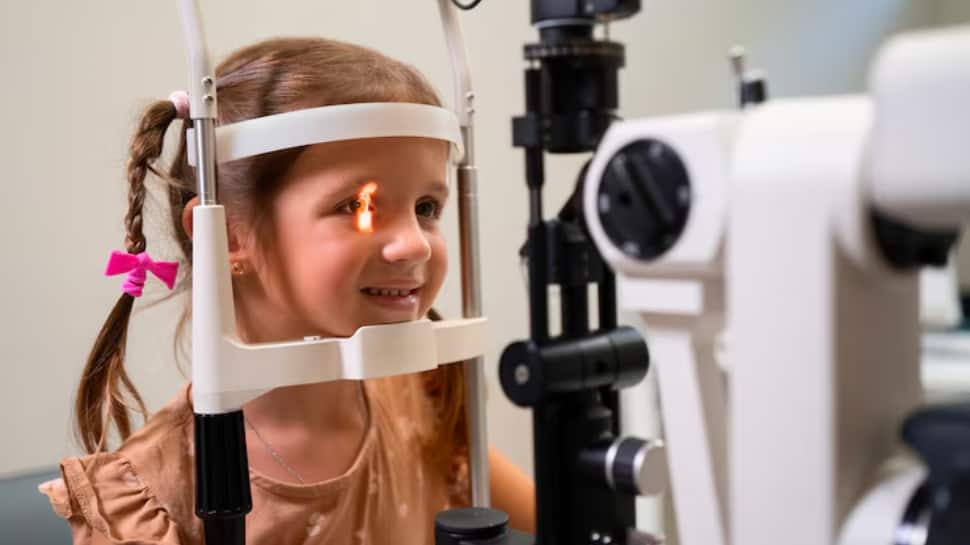Children today are exposed to longer screen time, poor dietary habits, and limited outdoor play, a combination that’s quietly reshaping their eye health. While many parents assume vision checks are needed only when problems arise, experts warn that several childhood eye conditions develop without obvious symptoms. With vision playing a major role in learning, behavior, and overall development, knowing when to start regular eye check-ups can make the difference between healthy sight and preventable lifelong impairment.
How early should parents begin regular eye check-ups for their children, and why is early detection so crucial?
Dr Mubashir Parkar, Cataract and LASIK Surgeon, Dr Agarwals Eye Hospital, Vashi says, “Eye check-ups should ideally begin as early as 6 months of age, followed by another screening at 3 years, before starting school, and then annually thereafter.” Early detection is vital because many eye conditions in children, like lazy eye (amblyopia), squint (strabismus), or refractive errors, develop silently without obvious symptoms. Timely intervention can ensure normal visual development and prevent permanent vision loss.
With increasing screen exposure among children, how has the pattern of vision problems changed in recent years?
There’s been a marked rise in myopia (nearsightedness) among children, largely due to excessive screen time and reduced outdoor activity. Extended digital exposure also leads to digital eye strain, causing symptoms like eye fatigue, headaches, blurred vision, and dryness. The trend now shows children developing eye fatigue and focusing problems at much younger ages than before.
What are some common signs parents often overlook that may indicate their child has a vision problem?
Parents should be alert if their child:
1. Squints or tilts their head while reading or watching TV
2. Holds books or screens too close
3. Frequently rubs their eyes or complains of headaches
4. Has trouble seeing the blackboard at school
5. Shows lack of focus or drops in academic performance
These subtle signs often point to underlying vision issues that need attention.
How do outdoor activities and natural light exposure support healthy vision development?
Spending at least 1-2 hours outdoors daily has been shown to reduce the risk of developing myopia. Natural light exposure helps regulate eye growth and maintain healthy visual development. Outdoor play also allows the eyes to focus on distant objects, which counterbalances the strain caused by prolonged near work on screens or books.
Are nutritional habits in early childhood linked to better eye health later in life?
Absolutely, a diet rich in vitamin A, C, E, zinc, omega-3 fatty acids, and lutein supports healthy eye growth and protects against early vision problems. Foods like carrots, green leafy vegetables, eggs, fish, nuts, and citrus fruits help strengthen the retina and prevent long-term eye issues. Building these habits early sets the foundation for lifelong eye health.
What role can schools play in promoting better eye health and awareness among students?
Schools can be strong partners in eye care by:
1. Conducting annual vision screenings
2. Ensuring ergonomic classroom lighting and seating
3. Educating students about screen breaks (20-20-20 rule) and proper posture
4. Encouraging outdoor sports and activities
5. Collaborating with parents and eye specialists for early intervention programs
Such initiatives can make a huge difference in identifying vision issues early and fostering lifelong eye awareness.
(This article is meant for informational purposes only and must not be considered a substitute for advice provided by qualified medical professionals. Always seek the advice of your doctor with any questions about a medical condition.)

